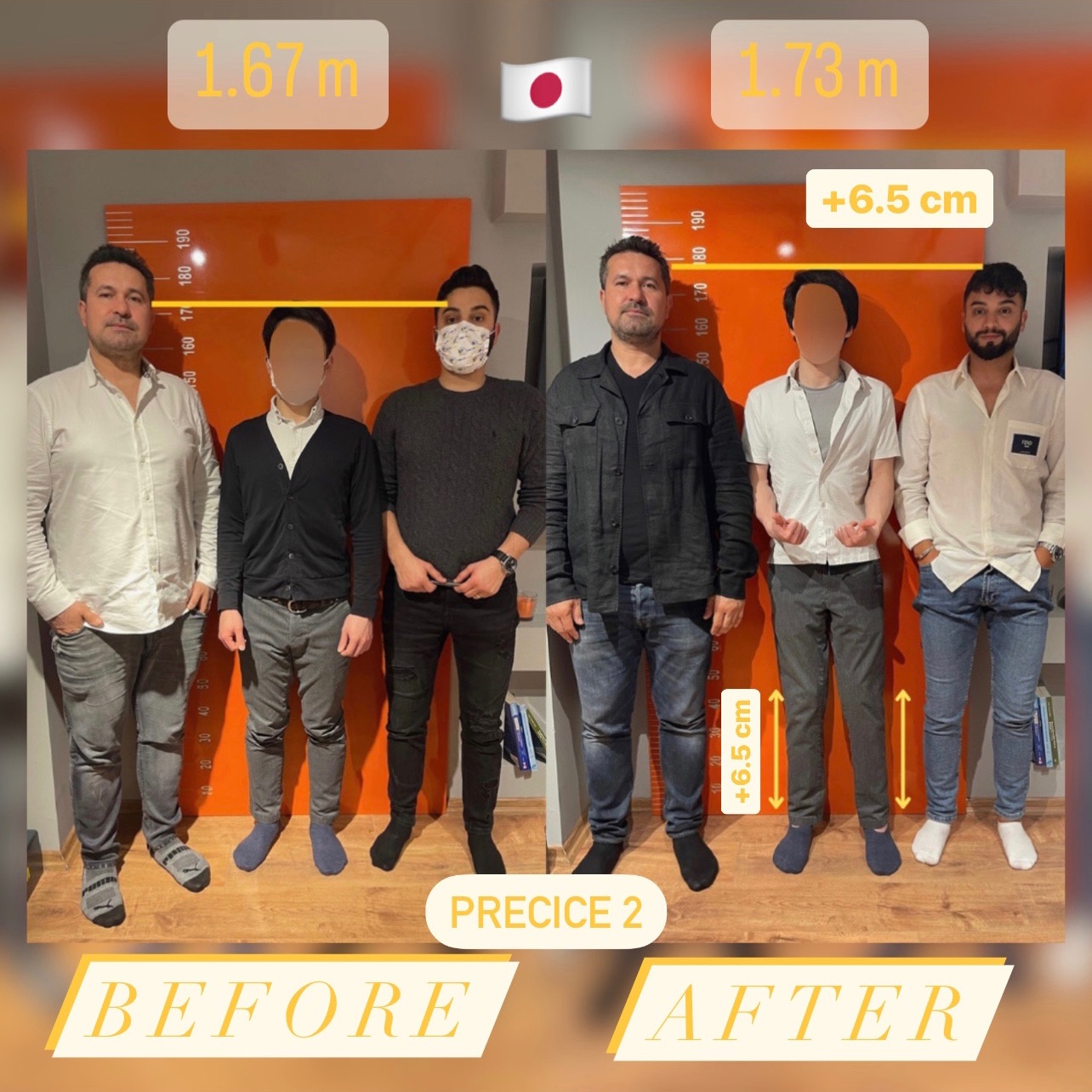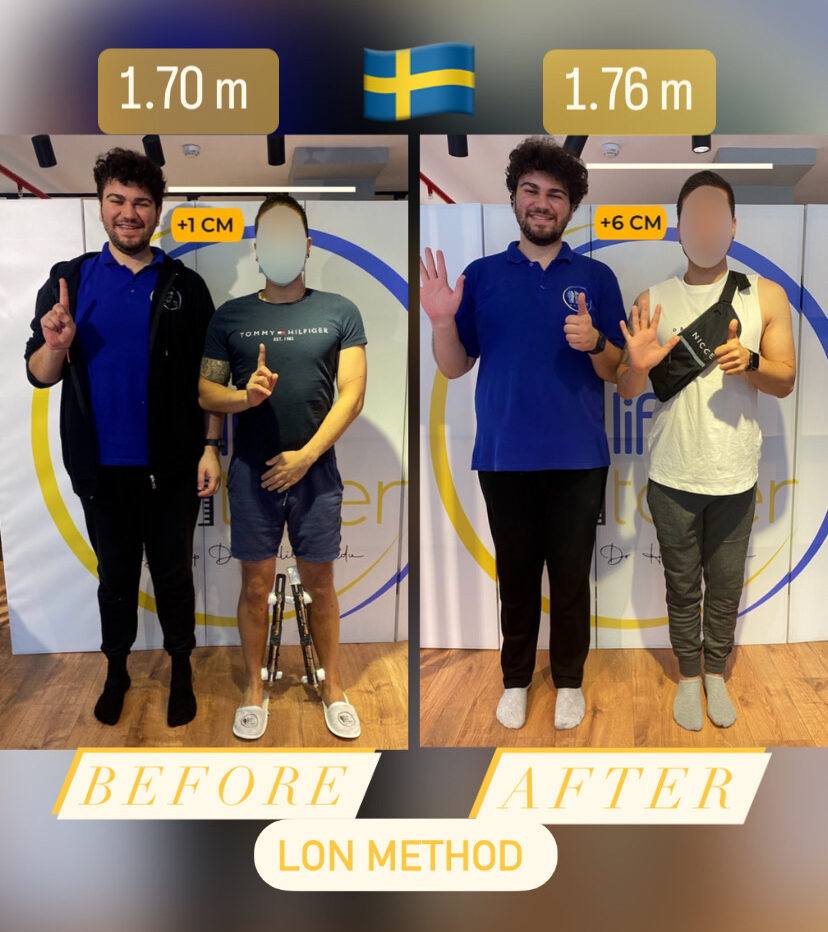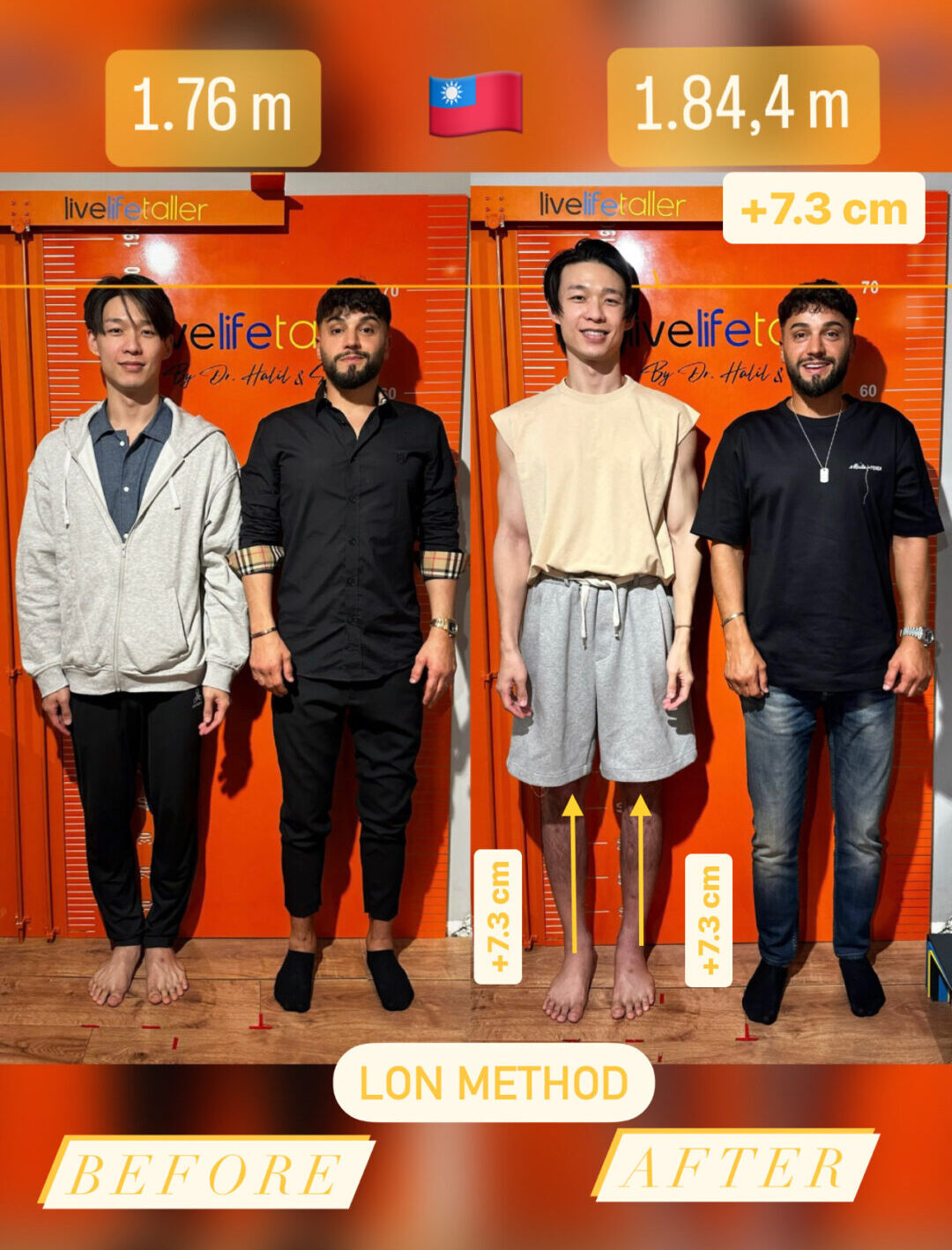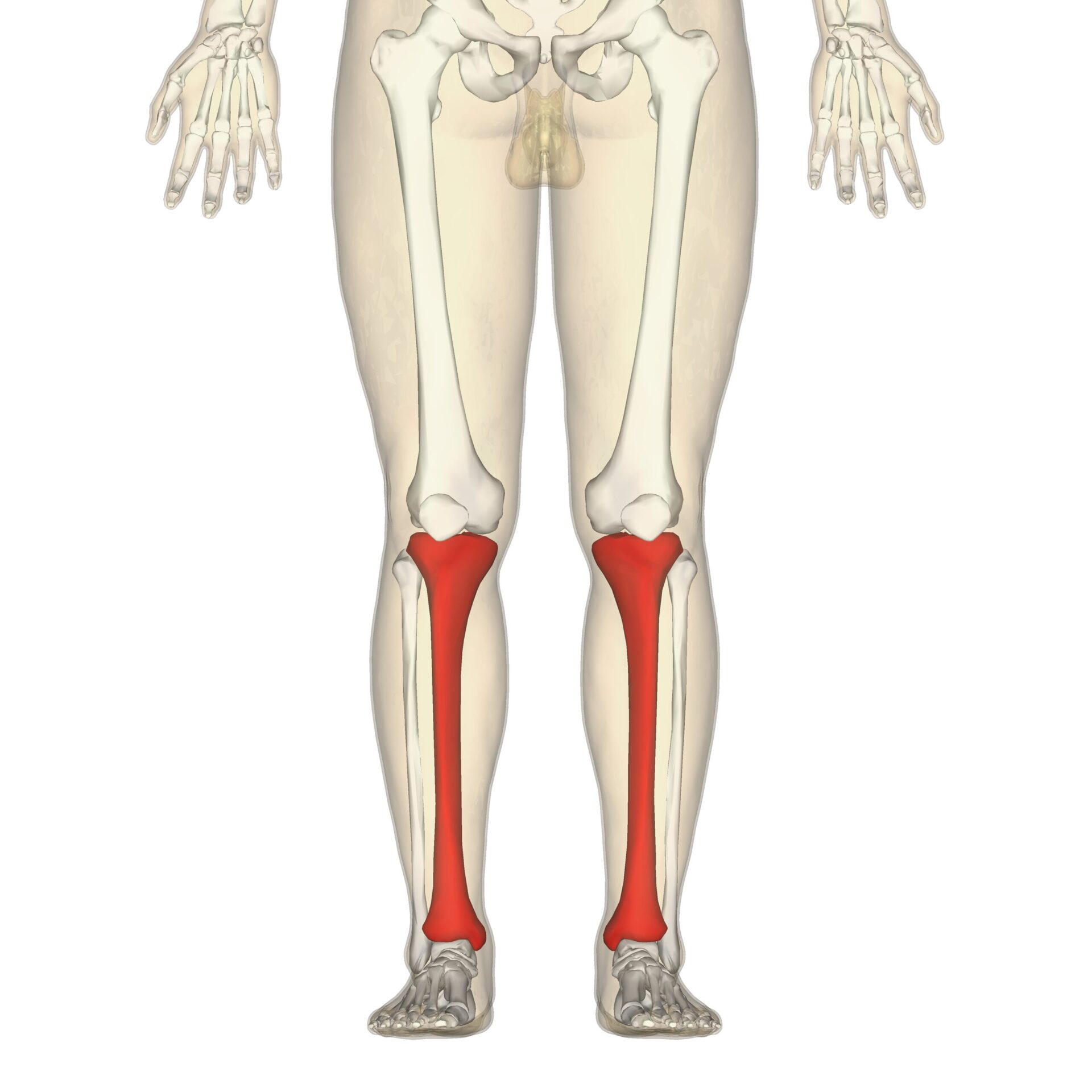 What is Tibia Lengthening?
What is Tibia Lengthening?
Tibia lengthening, also known as limb lengthening, is a surgical procedure used to increase the length of the tibia and fibula bone in the leg.
Tibia Lengthening Surgery
Lengthening tibia (shin bone) is a medical procedure known as distraction osteogenesis, is a surgical technique designed to increase the length of the tibia bone in the lower leg. This procedure is typically considered for individuals with conditions such as limb length inequality, deformities, or those seeking cosmetic adjustments to achieve a more balanced appearance.
What is the procedure of Tibia Lengthening Surgery?
In limb lengthening tibia, the tibia bone is extended in a way similar to femur lengthening. However, this procedure might involve more complex techniques due to the thinner and more challenging nature of the tibia bone.There are also differences in expected outcomes between femur and tibia lengthening surgeries. Femur lengthening can typically result in a greater overall height increase compared to tibia lengthening.
The primary difference between these two types of lengthening procedures is the involvement of soft tissue. The thigh muscles, considered long and strong, are more tolerant of lengthening in the femur, while the calf muscles connected to a robust Achilles tendon in the tibia are harder to stretch. The choice between these procedures depends on the individual anatomical differences and specific needs of each patient.
Tibia Lengthening Before and After



What is the pre- and post-stages of Tibia Lengthening Surgery?
The process of lengthening the tibia involves controlled manipulation of the bone through a gradual, step-by-step approach. Surgeons make precise incisions to access the tibia, and an external or internal fixation device is applied. The bone is then carefully cut, creating a controlled fracture, and a gap is introduced between the bone ends.
Distraction Phase:
The realignment and lengthening occur during the distraction phase. Patients use an external fixator, which includes pins and wires attached to the bones, or an internal lengthening nail, to gradually separate the bone segments. This controlled separation encourages new bone growth in the gap, effectively lengthening the tibia.
Recovery and Rehabilitation:
Following the lengthening phase, a consolidation period begins, during which the newly formed bone solidifies. This process typically lasts several months. Physical therapy plays a crucial role during the recovery period to optimize functional outcomes, regain strength, and improve mobility.
Risks and Considerations:
While tibia lengthening is generally considered safe, it is not without risks. Potential complications include infection, nerve damage, and joint stiffness. Patient selection, careful planning, and adherence to post-operative care guidelines are critical in minimizing these risks.
Patient Satisfaction:
Many individuals who undergo tibia lengthening report increased self-confidence and satisfaction with their appearance, particularly if the procedure is performed for cosmetic reasons. Functional improvements, such as enhanced gait and reduced limb length discrepancy, contribute to overall patient satisfaction.
Conclusion:
Tibia lengthening is a complex yet effective procedure for individuals seeking to address limb length discrepancies or improve the aesthetic balance of their legs. Tibia lengthening before and after photos are also worth to see better proportion. As with any surgical intervention, thorough consultation with a qualified orthopaedic surgeon is essential to discuss individualized treatment plans, potential risks, and expected outcomes.
What is the process like after Tibia Lengthening Surgery?
The intensity of pain experienced during recovery can vary between femur and tibia lengthening surgeries and among individuals. However, both procedures can be associated with significant pain and discomfort around two weeks after the surgery.
During femur lengthening, patients may feel discomfort in the thigh and hip areas, as well as from the external fixator device (for LON patients) used to stabilize the bone during the lengthening process. For tibia lengthening, patients often report pain at the surgical incision site and in the ankle and foot areas. Pain may also be linked to the tension in the Achilles tendon, known for its thick fibrous nature, making it difficult to stretch.
Tibia Lengthening Surgery Cost in Turkey
The cost of limb lengthening surgery in Turkey may fluctuate based on various factors such as the specific surgical procedure, the duration of the operation, and the particular medical facility chosen. The cost does not change according to which segment you will lengthen or how many cm you will lengthen. Tibia lengthening surgery cost is not different from femur lengthening surgery cost. Limb lengthening cost varies in two ways, whether it is a single segment or two segments at the same time, as we call “quadrilateral” (both femur and both tibia bones at the same time)
After this decision is made, the price changes again according to the methods such as Precice tibia lengthening or LON tibia lengthening
FAQ
To whom is the Tibia Limb Lengthening method applied?
Limb lengthening surgery may be considered for individuals with no existing health issues. The diseases are uncontrolled diabetes, cancer, bone disorders, skin diseases.
How long does the recovery process take after Tibia Lengthening surgery?
During the tibia lengthening process, it’s crucial to avoid what’s known as a ‘ballerina foot.’ This occurs when the foot ends up in a position similar to that of a ballerina, often due to excessive stretching of the Achilles tendon, which is the strongest tendon in the human body. Unlike muscles, the Achilles tendon is stiffer and less flexible, making its relaxation more challenging.
The recovery period following tibia lengthening varies from person to person. However, successful recovery is often supported by consistently following instructions. This involves activities like walking on inclined surfaces, wearing specific shoes (AFO) at night to aid foot positioning, and doing stretching exercises. Adhering to these measures after completing the lengthening process can facilitate recovery.
After about 3 to 6 months of diligently following these recommended steps to aid recovery, improvements in walking ability may be noticed. Careful post-operative care, rehabilitation, and adherence to medical guidance are crucial to support complete recovery and minimize potential complications. Proper rehabilitation can assist patients in regaining their normal walking pattern and enhancing the functionality of the extended area.
Is Tibia Lengthening surgery painful?
The surgical procedure itself generally doesn’t induce pain as the patient is under general anaesthesia. However, following the surgery, there might be a mild discomfort until the effects of the anaesthesia subside. It’s crucial to note that pain thresholds vary among individuals. Our team will be available at the hospital to ensure that any discomfort is kept to a minimum. The discomfort experienced during the lengthening process can be compared to muscle soreness. In the LON method, some patients complain about pain at the pin entry sites as well as skin pain.
Who can have Tibia Lengthening surgery?
Limb lengthening surgery may be considered for individuals with no existing health issues. The diseases are uncontrolled diabetes, cancer, bone disorders, skin diseases.

 What is Tibia Lengthening?
What is Tibia Lengthening?